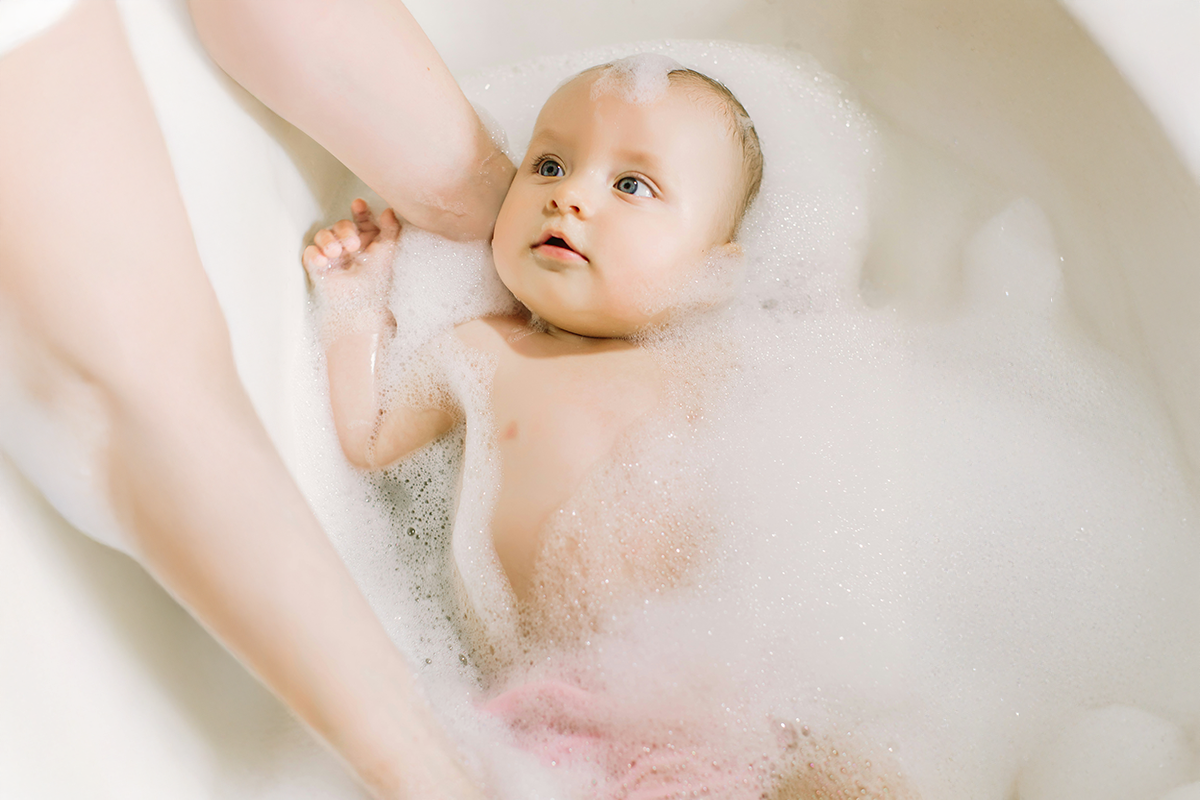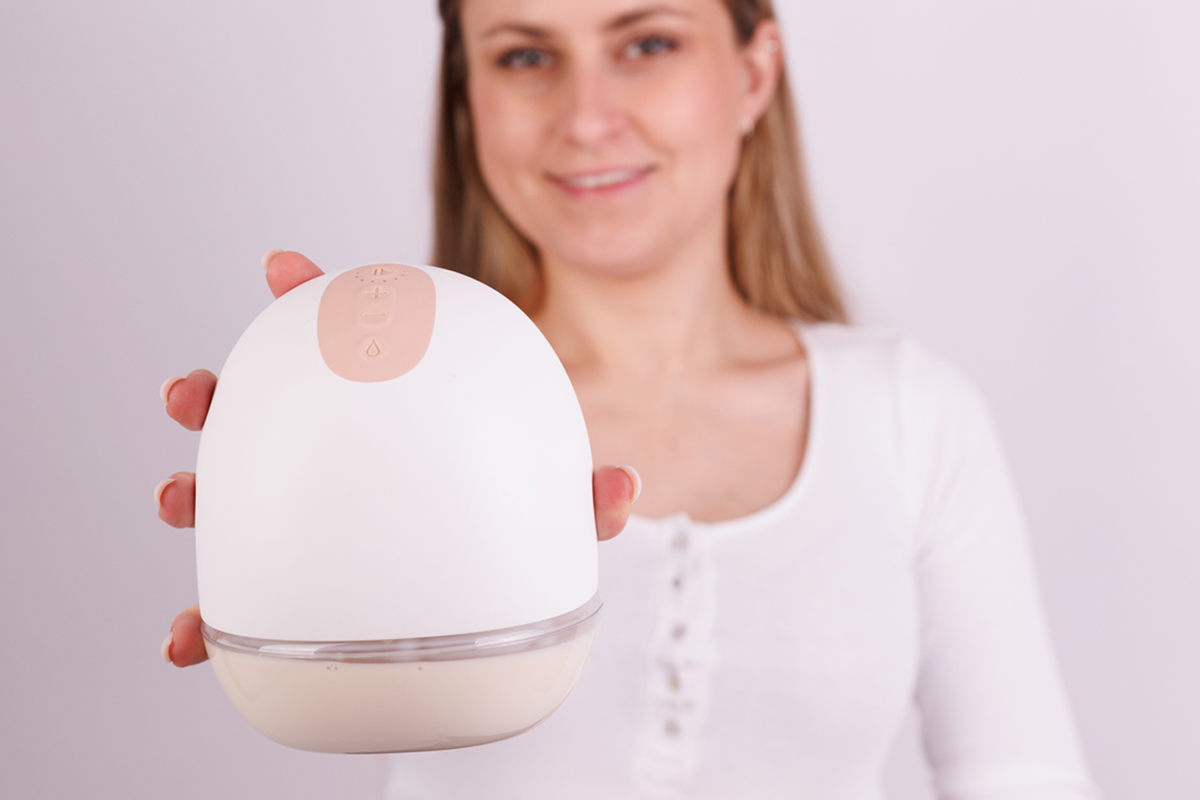As a breastfeeding person, you've likely encountered the dilemma of what to do with excess breast milk. Proper management of this precious resource is crucial for maintaining your milk supply and ensuring your baby receives optimal nutrition. This article will guide you through safe, practical solutions for storing, repurposing, and, when necessary, disposing of leftover breast milk. By implementing these evidence-based strategies, you can maximize the benefits of your milk production while minimizing waste. Understanding the best practices for handling excess breast milk will empower you to make informed decisions that support both your and your baby's health throughout your breastfeeding journey.
Ways to use extra breast milk
Reuse within safe time frames
When dealing with what to do with leftover breast milk, it's crucial to prioritize safety. Fresh breast milk can be safely stored at room temperature for up to 4 hours or refrigerated for up to 4 days (1).
Repurpose for future feedings
Unused breast milk doesn't have to go to waste. You can freeze excess milk in small portions for future use. As recommended by La Leche League International, frozen breast milk can be safely stored for 6 months in a deep freezer.
This method ensures you always have a supply on hand for unexpected situations.
💡Be aware that you need to use leftover from a feeding within 2 hours after the milk is finished feeding, and never refreeze human milk after it has completely thawed.
Safe disposal methods
Remember, breast milk that has been left out for more than 2 hours after a feeding should be discarded to prevent bacterial growth and ensure your baby's safety.
💡 But before you discard breast milk you could use it for your baby’s bath or to relieve sore nipples.
Relieve sore nipples
Leftover breast milk can provide soothing relief for sore or cracked nipples, a common issue during breastfeeding. Gently apply a few drops of breast milk directly to the affected area and allow it to air dry.
The natural antimicrobial properties of breast milk can aid in healing and prevent infection. This simple remedy offers a safe and cost-effective way to alleviate discomfort and promote healing using your own breast milk.
Popsicle molds
Breast milk popsicles are a creative and fun way to repurpose leftover breast milk. Simply pour the milk into popsicle molds and freeze. These frozen treats can provide a soothing relief for teething babies or a refreshing snack on warm days.
Breast milk popsicles offer a natural and nutritious alternative to store-bought options, allowing you to utilize excess milk while providing a tasty and comforting treat for your little one.
Alternative uses for leftover milk
Breast milk offers more than just nourishment. Many parents incorporate leftover milk into a breast milk bath as a natural skin care remedy to soothe irritated skin or diaper rash.
Common mistakes to avoid with leftover breast milk
Incorrect thawing and reheating methods
Thawing frozen breast milk improperly can compromise its quality and safety. Avoid using a microwave or stovetop to reheat breast milk, as these methods can create hot spots and decrease nutritional content. Instead, thaw milk gradually in the refrigerator overnight or under cool running water. When reheating, place the container in warm water to bring it to body temperature.
Ignoring changes in smell or taste
While it's normal for stored breast milk to develop a slightly different odor due to lipase activity, ignoring significant changes in smell or taste can be problematic (3). If the milk smells rancid or your baby refuses it, it's best to discard it. However, a slight change doesn't necessarily mean the milk is unsafe. Consider scalding high-lipase milk before storage to prevent taste changes.
Wasting excess milk
Don't let surplus breast milk go to waste. If you have more than your baby needs, consider donating to a milk bank.
💡 Alternatively, breast milk can be used for non-feeding purposes such as skin care or added to bath water for its soothing properties.
Safe ways to store leftover breast milk
Proper storage guidelines
Knowing how to safely store leftover breast milk is crucial for maintaining its quality and safety. Freshly expressed breast milk can be stored at room temperature (up to 77°F/25°C) for up to 4 hours, in the refrigerator for up to 4 days, and in the freezer for 6 months (up to 12 months is acceptable for full term infant).
Always use clean, airtight containers like glass or hard-sided plastic bottles specifically designed for breast milk storage to avoid chemical.
Best practices for handling
Before expressing or handling breast milk, thoroughly wash your hands and ensure all pump parts are clean.
To ensure the safety and quality of leftover breast milk:
- Label containers with the date and time of expression - if your milk may be given to your baby at daycare, add your baby’s name to the label
- Store milk in different amounts ranging from one to 4 ounces to minimize waste
- Use clean, food-grade containers or breast milk storage bags
- Place milk in the back of the refrigerator where it's coldest
- chill fresh milk in the refrigerator before adding it to previously expressed milk
- Whenever possible give your baby refrigerated milk before frozen milk
- Start with the oldest refrigerated milk and then use the oldest frozen milk if needed
Can you put leftover breast milk back in the fridge?
Storing leftover breast milk safely
Handling leftover breast milk properly is crucial for maintaining its nutritional value and safety. You can refrigerate leftover breast milk that has been previously frozen or refrigerated, but there are important guidelines to follow.
💡 If your baby doesn't finish a bottle of freshly expressed or refrigerated breast milk, you can safely store the leftover milk in the refrigerator for up to 2 hours after the feeding.
However, it's essential to use this milk within 2 hours. After 2 hours the milk should be discarded to prevent bacterial growth. Or you can use it differently for sore nipples or bath.
How do I know if my leftover breast milk is still safe to use?
To check if stored breast milk has gone bad, first examine its appearance. Fresh breast milk may separate, with a cream layer on top. This is normal—simply swirl gently to mix.
However, if you see chunks floating or the milk doesn't blend easily when swirled, it may have spoiled. Keep in mind that different colors of breast milk can be normal, depending on factors like diet or time of day, but any unusual color combined with a sour smell may indicate spoilage.
Next, smell the milk. A sour or rotten odor indicates spoilage. As a final check, you can taste a small amount. Sour-tasting milk should not be used.
Proper management of leftover breast milk ensures both safety and efficiency in your feeding routine. By following recommended storage guidelines and exploring creative uses, you can maximize the benefits of your hard-earned milk supply. From donating to milk banks to creating nourishing baths, there are numerous ways to put excess breast milk to good use. Remember to always prioritize food safety when handling expressed milk. With these strategies, you can feel confident that your breast milk is being utilized to its fullest potential, whether nourishing your child or supporting other infants in need. Ultimately, how you choose to handle leftover breast milk is a personal decision based on your unique circumstances and values.





